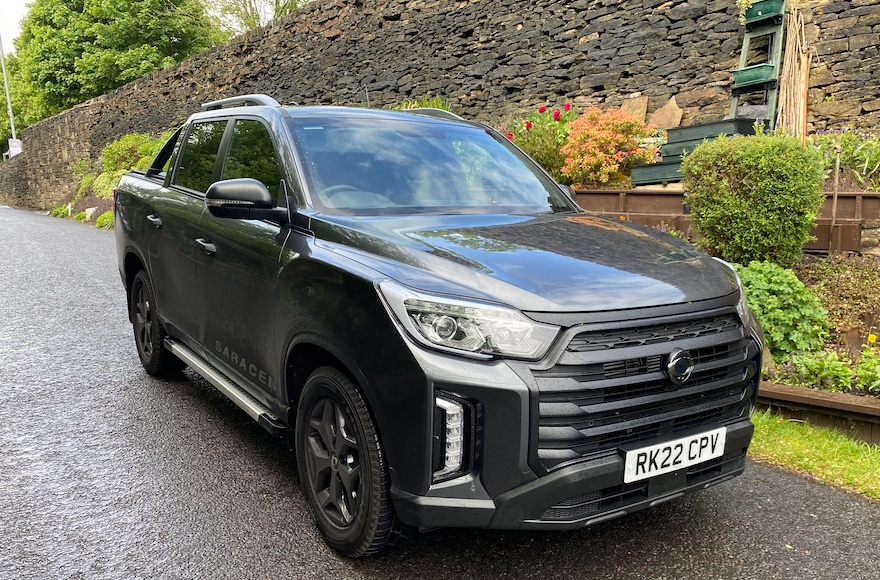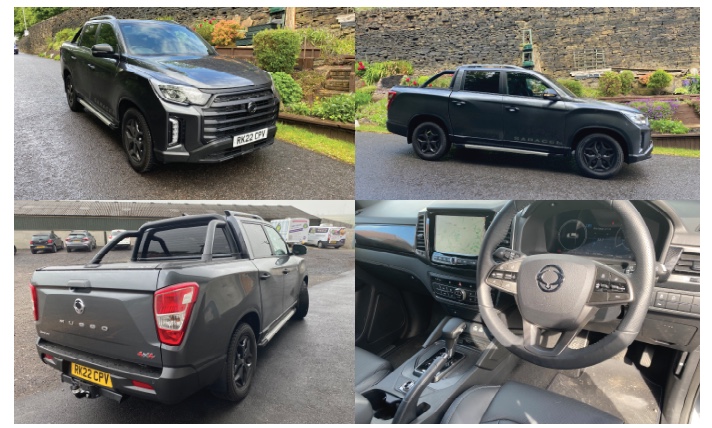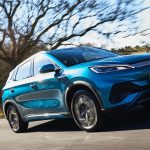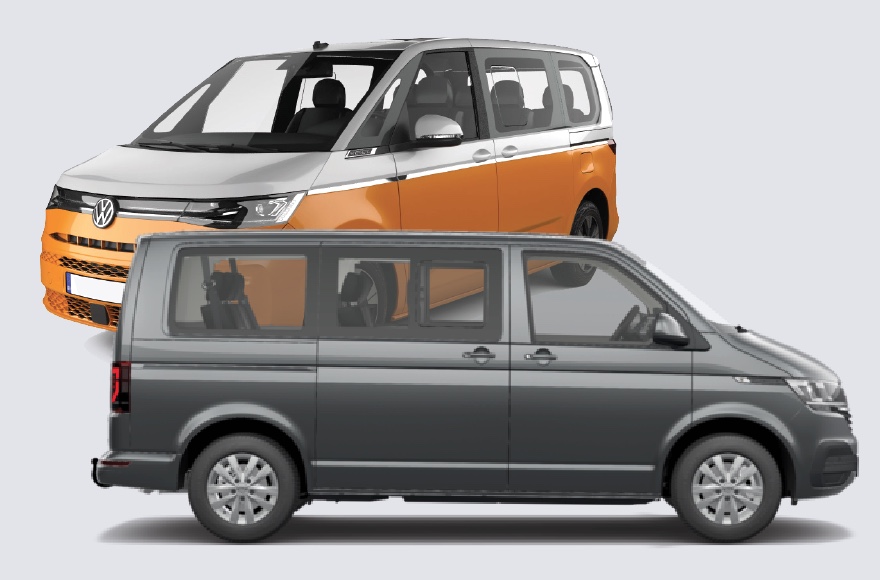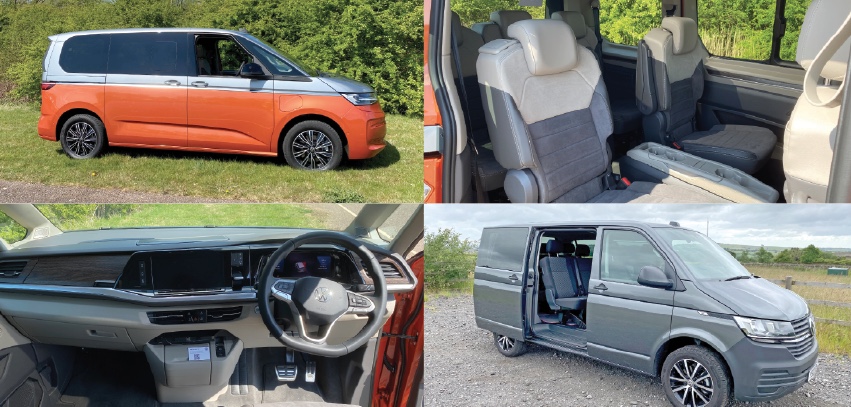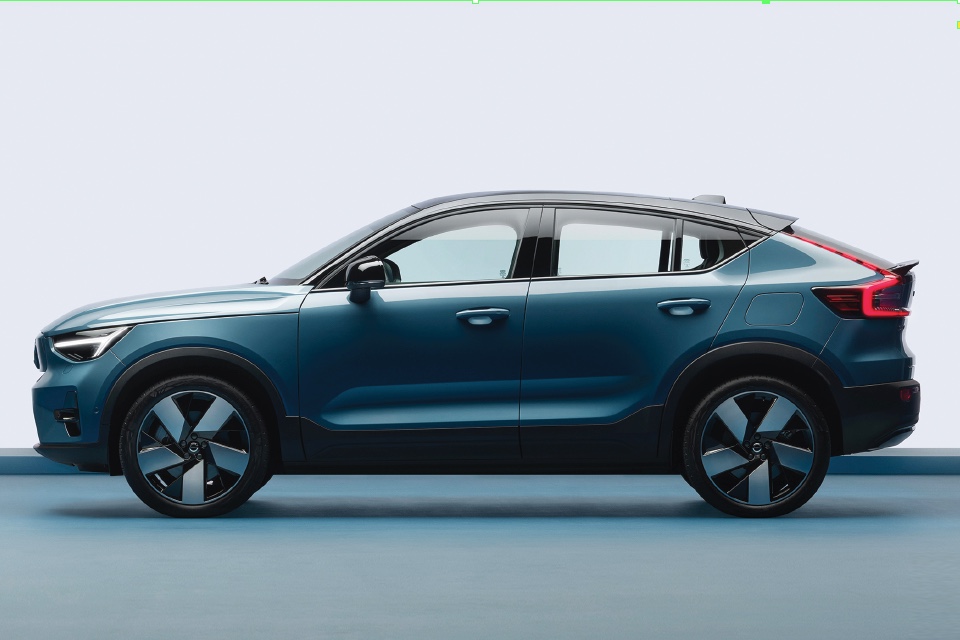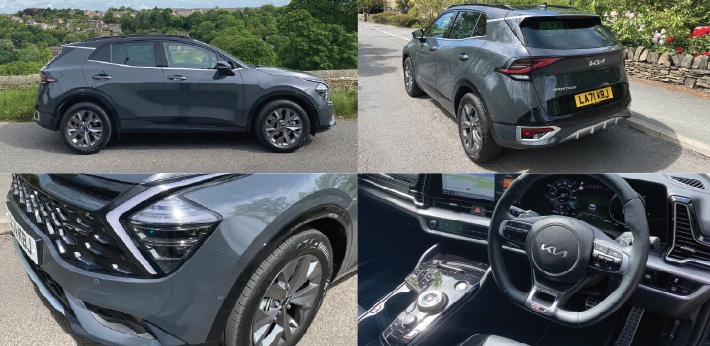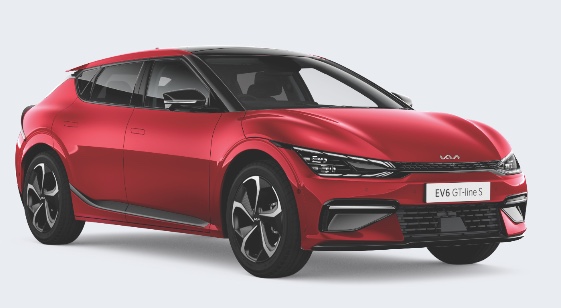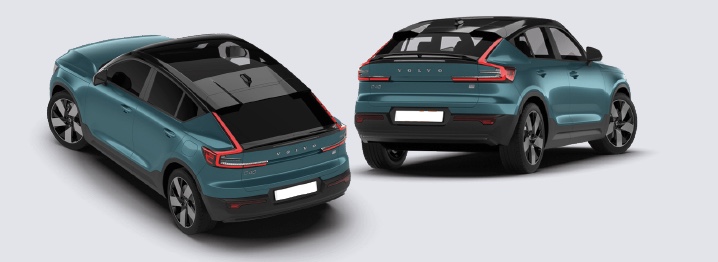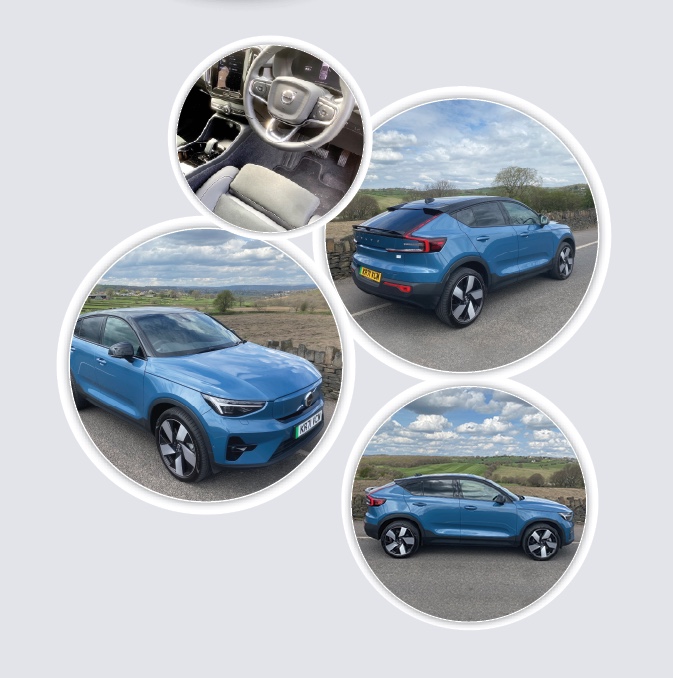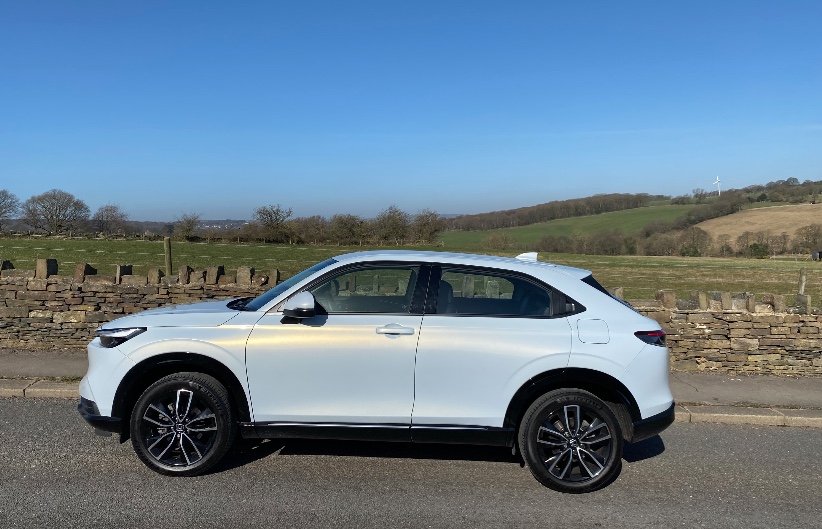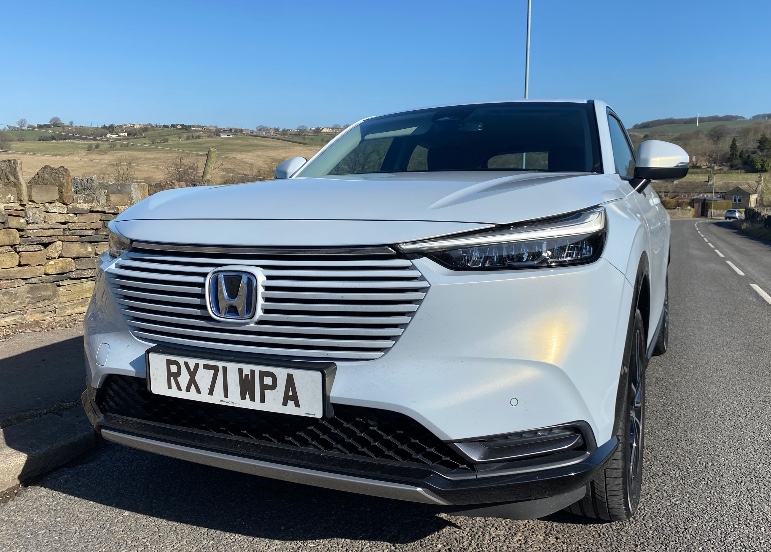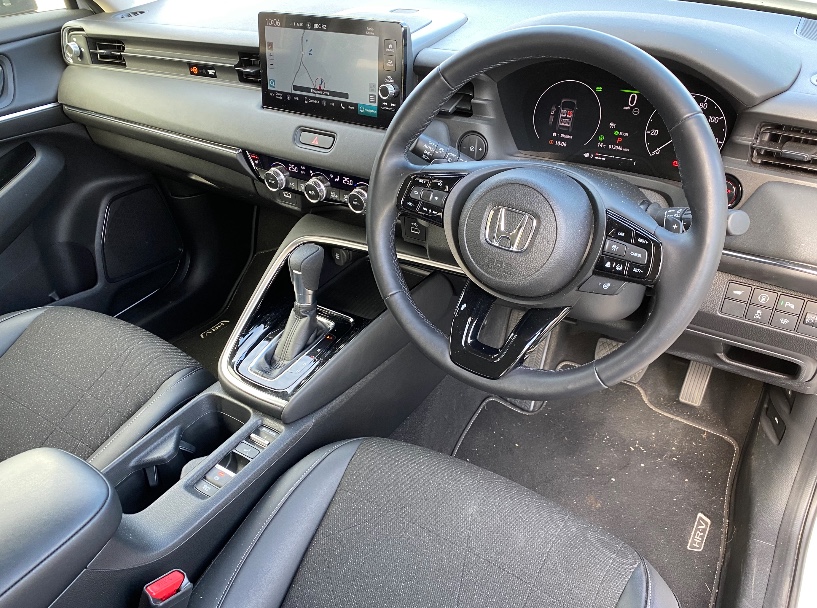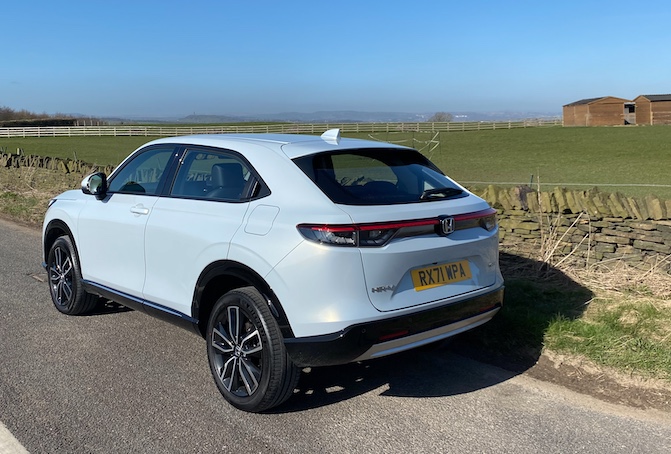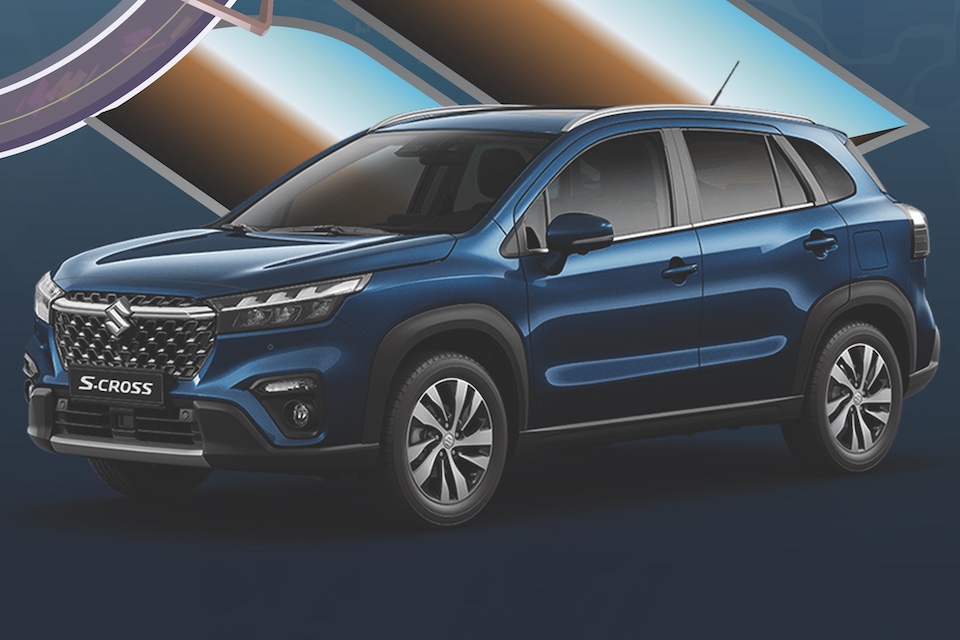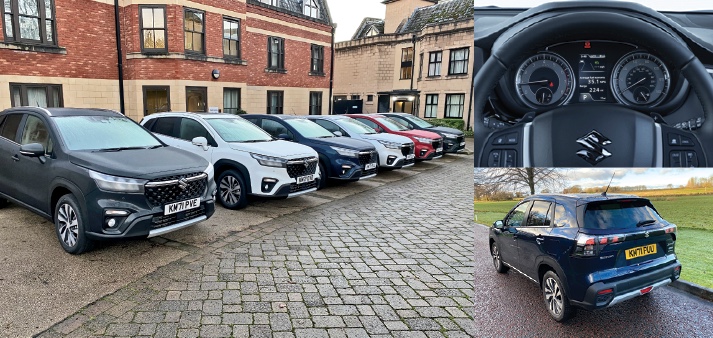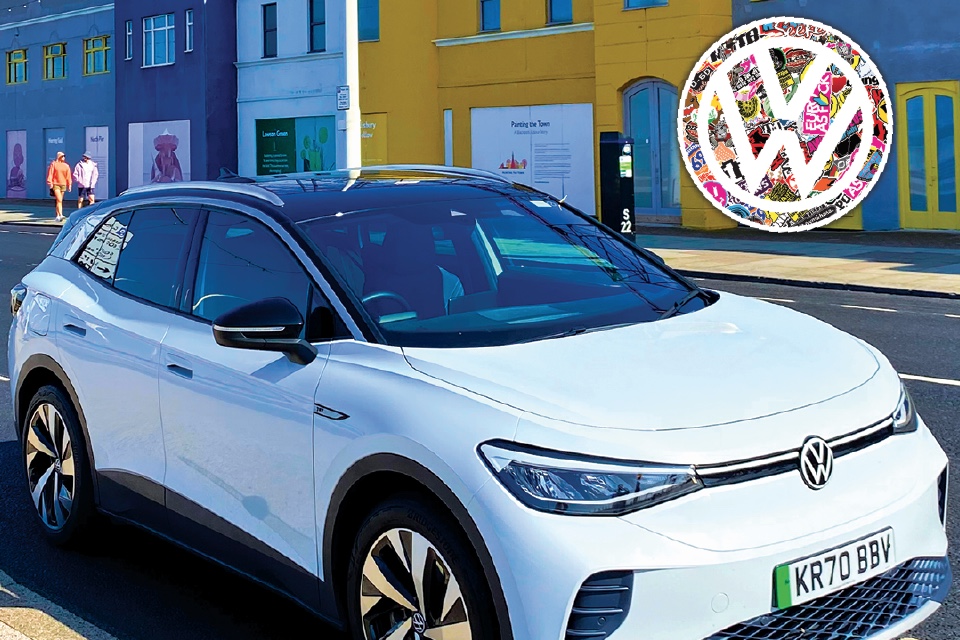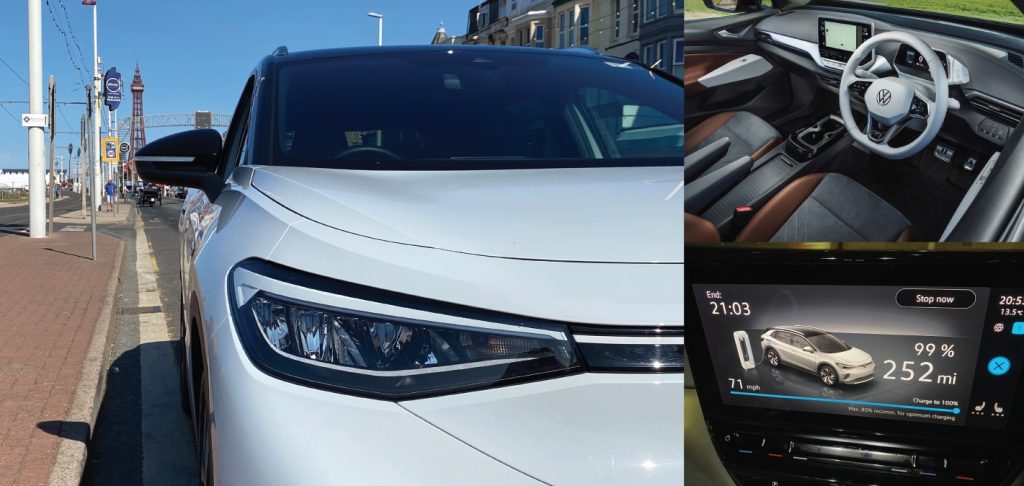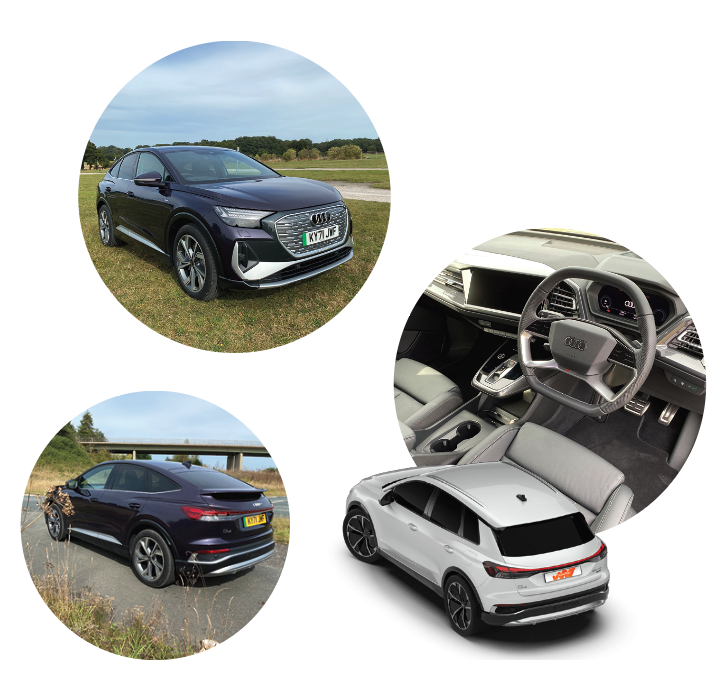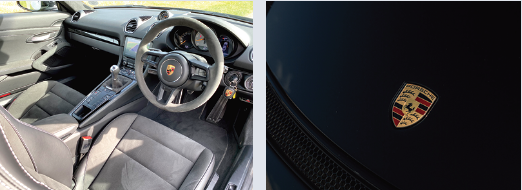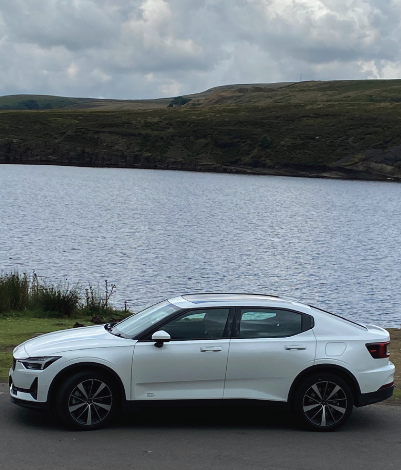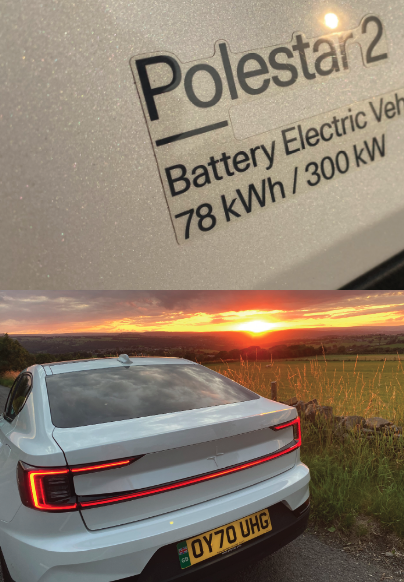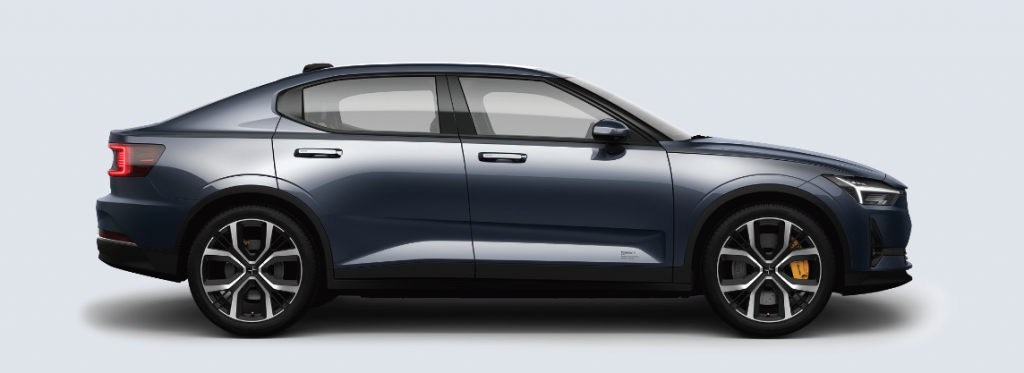SsangYong – Musso
A what, many of you may be thinking, a SsangYong, never heard of it, it is really a car manufacturer. Some others may see SsangYong and think of the very agricultural vehicles they may have once owned or been in, and probably couldn’t wait to get out of. It is fair to say that SsangYong hasn’t got the best of histories, in terms of quality and design.
SsangYong was established in 1954 in South Korea, and in the short time has had quite a chequered history, it has produced special purpose vehicles, built Jeeps for the US Army under licence, and a variety of trucks and buses. In 1991 SsangYong started a technology partnership with Daimler Benz to develop a SUV.
In 1997 Daewoo Motors (now GM Korea) bought the controlling stake from SsangYong Group, then in late 2004 the Chinese automobile manufacturer SAIC took a 51% stake in the company. In 2009 the company went into receivership due mainly to the global economic crisis. Then in 2010 four local and foreign companies took over the company, and very recently a consortium led by KG investment took over the company.
So a bit of a up and down history, and so SsangYong had to turn it round and make vehicles people actually wanted to buy, and get rid of the previous image.
The test car I had a Musso Pick-Up truck was a bit of a surprise to say the least. It looks good with great and bold exterior design, looks very purposeful. The interior is so good, if you didn’t know what it was, you would think you were in a premium German saloon. SsangYong have gone overboard with the materials used and fit and finish in the cabin, it is very luxurious.
It is powered by a 2.2-litre four-cylinder turbocharged Diesel engine that produces 181ps and available with either a 6-speed Manual or 6-speed automatic. All versions have part-time four-whee, drive system that sends drive to the front wheels, and to front and rear when needed, this does help with fuel economy.
Although you might feel as though you are sitting in a very expensive saloon or SUV, the ride, as expected is very much a pick-up, a bit lumpy and bumpy, but, it is a work horse, and not a Chelsea tractor.
Currently there are very few new pick-ups on sale by manufacturers as many pulled out of the market for many reasons including high CO2 figures and emissions that were not acceptable, but this will be resolved soon, and those that disappeared will return, so SsangYong are currently in a good position with the Musso.
Interestingly SsangYong have a big connection here in Gibraltar, as some of you will know. BAG [Bassadome Automotive Group] based here on The Rock, acquired SsangYong UK distribution rights in 2011, and is the national distributor with 65 franchised dealers. BAG was founded in 1904 and has operations here, Spain, Finland, The Baltic’s and UK.
SsangYong has undergone a dramatic transformation over recent years, a new growth strategy, new management, new engineering, and obviously an new, and younger design team. It will continue to grow providing the quality remains sky-high and its design looks bold and appeals to European demanding tastes.
Pricing of the Pick-up I had on test is around £30,665 plus VAT, a lot of car for the money, as it comes fully loaded with standard specification.

